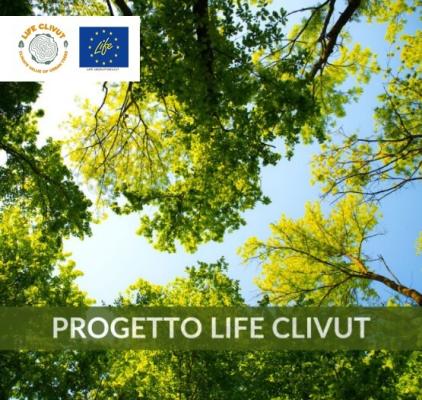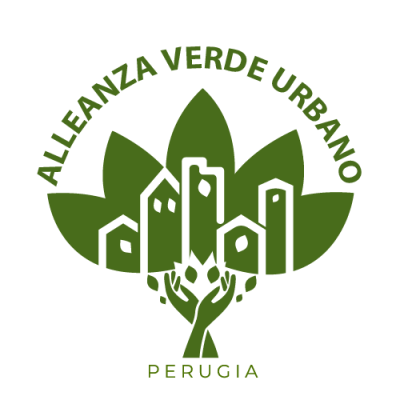- Email : info@lifeclivut.eu
Νέα & Εκδηλώσεις
OZONE HOLE: FROM CATASTROPHE TO HEALING
For years there has been talk of the expansion of the ozone hole and its progressive enlargement but, thanks to continuous research and changes in the lifestyle of the population, even if slowly, the notorious "irreversible catastrophe" is slowly regressing.
International efforts are working: the thin layer of atmosphere that defends the Earth from UV rays from the sun is healing, this is the latest United Nations report on the state of atmospheric ozone, analysis conducted every 4 years.
It was 1974 when Mario Molina and Frank Sherwood Rowland, two chemical engineers, published in "Nature" an article that pointed the finger at some synthetic substances called CFCs (chlorofluorocarbons), capable of flying towards the stratosphere and releasing chlorine atoms in sufficient quantity to attack the ozone layer.
Currently, it is hoped that stratospheric ozone levels will return to "normal" around 2040, with the sole exception of the polar regions, where the damage is more extensive and a recovery will be around 2045 for the Arctic and over Antarctica by 2066.
Despite the Montreal Protocol, an increase in the use of CFCs in one area of China was identified in 2018; in addition, over the years CFCs have been replaced by another group of industrial chemicals, hydrofluorocarbons (HFCs), which have also proved problematic as greenhouse gases.
But are only CFCs the problem?
The same CO2 emission damages the ozone layer and remains in the atmosphere much longer; Not only that, even this continuous use of fossil fuels does not facilitate the situation.
What are the solutions?
As with all climate crises, even for ozone the solution would be to reduce CO2 emissions, reduce the use of substances that can cause damage to the atmosphere, switch to green energy, use renewable sources.
Click here for download
























